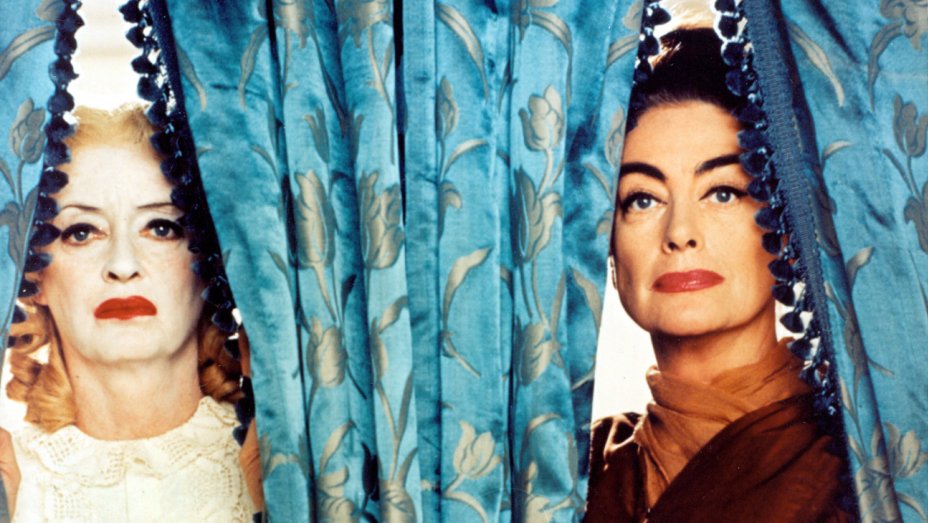Misery loves company, yeah? So let’s hang out with some other folks whose stir-craziness leads to even worse decision making than our own. For the first time ever (to avoid a salt-in-the-wound effect), we are sticking strictly to movies you can stream right now—which means The Lodge didn’t make it, although we do really love that movie.
6. 10 Cloverfield Lane (2016)
More of a second cousin than a sequel to 2008’s Cloverfield, 10 Cloverfield Lane is a claustrophobic thriller. No found footage. No shaky camera. No perturbed kaiju.
Michelle (Mary Elizabeth Winstead) wakes from a car crash handcuffed to a pipe in a bunker. Howard (John Goodman, top-notch as usual), may simply be saving her from herself and the apocalypse outside. Good natured Emmett (John Gallagher Jr.) certainly thinks so.
First-time director Dan Trachtenberg ratchets up the tension as the film progresses, finding the creepiness in even the most mundane domestic activities, as an award-worthy performance from John Goodman reminds us monsters come in many forms.
*Cheapest on YouTube, Google Play, Vudu
5. Rammbock: Berlin Undead
Why does this film work?
Michael (Michael Fruith) arrives in Berlin to visit his recently-ex girlfriend. She’s not home. While he waits in her apartment, Berlin falls prey to the zombipocalypse.
It’s actually the rage virus, and it’s how well Rammbock plays like the Berlin equivalent of 28 Days Later or Quarantine that helps it excel.
Michael finds himself trapped inside his ex’s apartment building, scheming survival tricks with the plumber hiding out with him. The team work, strategy, human kindness and pathos all combine with really solid acting and more than a few well-choreographed action bits to help this film more than transcend familiar tropes.
You love these guys. You believe in them, and the idea that they won’t make it through this is dreadful. Director/co-writer Marvin Kren, blessed with a stellar cast, works your sympathies and your nerves.
*Amazon Prime, Google Play, Vudu, iTunes
4. What Ever Happened to Baby Jane? (1962)
Bette Davis and Joan Crawford? Yes, please!
The two then-aging (just barely, if we’re honest) starlets played aging starlets who were sisters. One (Davis’s Jane) had been a child star darling. The other (Crawford’s Blanche) didn’t steal the limelight from her sister until both were older, then Blanche was admired for her skill as an adult actress. Meanwhile, Jane descended into alcoholism and madness. She also seemed a bit lax on hygiene.
Blanche winds up wheelchair bound (How? Why? Is Jane to blame?!) and Jane’s envy and insanity get the better of her while they’re alone in their house.
Famously, the two celebrities did not get along on set or off. Whether true or rumor, the performances suggest a deep, authentic and frightening hatred borne of envy that fuels the escalating tension.
Davis is at her unhinged best in a performance that earned her an Oscar nomination. Crawford pales by comparison (as the part requires), but between the hateful chemistry and the story’s sometimes surprising turns, this is a movie that ages well, even if its characters did not.
*super cheap on Amazon Prime, YouTube, Google Play
3. It Comes at Night (2017)
Deep in the woods, Paul (Joel Edgerton, solid as always), Sarah (Carmen Ejogo) and their teenage son Travis (Kelvin Harrison, Jr.) have established a cautious existence in the face of a worldwide plague. They have boarded their windows, secured their doors, and enacted a very strict set of rules for survival.
At the top of that list: do not go out at night.
Writer/director Trey Edward Shults explores the confines of the house with a fluid camera and lush cinematography, slyly creating an effective sense of separation between the occupants and the dangers outside. But what are those dangers, and how much of the soul might one offer up to placate fear itself? In asking those unsettling questions, It Comes at Night becomes a truly chilling exploration of human frailty.
*Netflix
2. Housebound (2014)
Gerard Johnstone writes and directs, though his brightest accomplishment may be casting because Morgana O’Reilly’s unflinching performance holds every moment of nuttiness together with brilliance.
O’Reilly plays Kylie, a bit of a bad seed who’s been remanded to her mother’s custody for 8 months of house arrest after a recent spate of bad luck involving an ATM and a boyfriend who’s not too accurate with a sledge hammer.
Unfortunately, the old homestead, it seems, is haunted. Almost against her will, she, her hilariously chatty mum (Rima Te Wiata) and her deeply endearing probation officer (Glen-Paul Waru) try to puzzle out the murder mystery at the heart of the haunting. Lunacy follows.
Good horror comedies are hard to come by, but Johnstone manages the tonal shifts magnificently. You’re nervous, you’re scared, you’re laughing, you’re hiding your face, you’re screaming – sometimes all at once. And everything leads up to a third act that couldn’t deliver any better.
*free on Tubi; also on iTunes
1. The Shining (1980)
It’s isolated, it’s haunted, you’re trapped, but somehow nothing feels derivative and you’re never able to predict what happens next. It’s Stanley Kubrick’s masterpiece rendition of Stephen King’s The Shining.
A study in atmospheric tension, Kubrick’s vision of the Torrance family collapse at the Overlook Hotel is both visually and aurally meticulous. It opens with that stunning helicopter shot, following Jack Torrance’s little yellow Beetle up the mountainside, the ominous score announcing a foreboding that the film never shakes.
The hypnotic, innocent sound of Danny Torrance’s Big Wheel against the weirdly phallic patterns of the hotel carpet tells so much – about the size of the place, about the monotony of the existence, about hidden perversity. The sound is so lulling that its abrupt ceasing becomes a signal of spookiness afoot.
*cheapest on YouTube, Google Play, Vudu, iTunes


